
As industrial automation accelerates, factories are increasingly relying on advanced robotics to boost productivity and operational resilience. The successful deployment of robots depends on capabilities like precise motion planning, accurate spatial perception, and robust obstacle avoidance. AI-enabled robotics and software-defined automation help make factories more autonomous, scalable��
]]>
Robots must perceive and interpret their 3D environments to act safely and effectively. This is especially critical for tasks such as autonomous navigation, object manipulation, and teleoperation in unstructured or unfamiliar spaces. Advances in robotic perception increasingly focus on integrating 3D scene understanding, generalizable object tracking, and persistent spatial memory��using robust��
]]>
Assembly of multiple parts plays a critical role across nearly every major industry such as manufacturing, automotive, aerospace, electronics, and medical devices. Despite its widespread use, robotic assembly continues to be a significant challenge. It involves complex interactions where robots must manipulate objects through continuous physical contact, requiring a high level of precision and��
]]>
This edition of NVIDIA Robotics Research and Development Digest (R2D2) explores several contact-rich manipulation workflows for robotic assembly tasks from NVIDIA Research and how they can address key challenges with fixed automation, such as robustness, adaptability, and scalability. Contact-rich manipulation refers to robotic tasks that involve continuous or repeated physical contact��
]]>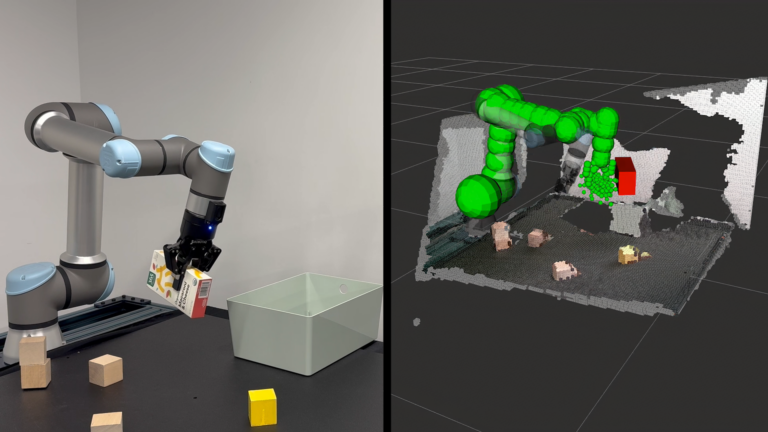
At CES 2025, NVIDIA announced key updates to NVIDIA Isaac, a platform of accelerated libraries, application frameworks, and AI models that accelerate the development of AI robots. NVIDIA Isaac streamlines the development of robotic systems from simulation to real-world deployment. In this post, we discuss all the new advances in NVIDIA Isaac: NVIDIA Isaac Sim is a reference��
]]>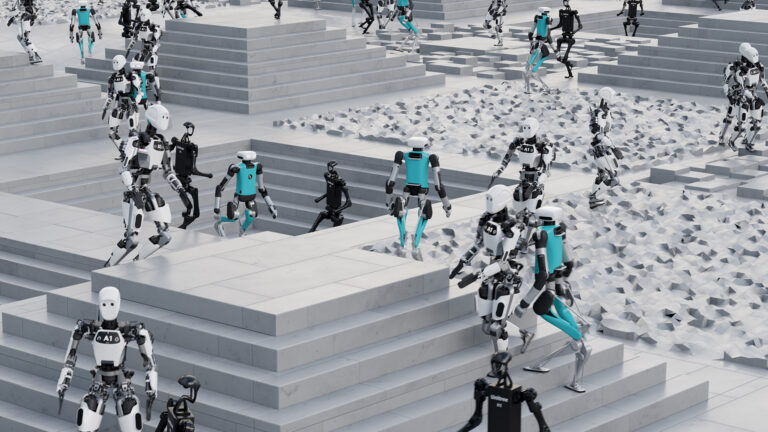
From humanoids to policy, explore the work NVIDIA is bringing to the robotics community.
]]>
Vision-language models (VLMs) combine the powerful language understanding of foundational LLMs with the vision capabilities of vision transformers (ViTs) by projecting text and images into the same embedding space. They can take unstructured multimodal data, reason over it, and return the output in a structured format. Building on a broad base of pretraining, they can be easily adapted for��
]]>
Join Isaac ROS engineers and the founder of Open Navigation to explore the new Nav2 autonomous docking feature.
]]>
The application of robotics is rapidly expanding in diverse environments such as smart manufacturing facilities, commercial kitchens, hospitals, warehouse logistics, and agricultural fields. The industry is shifting towards intelligent automation, which requires enhanced robot capabilities to perform functions including perception, mapping, navigation, load handling, object grasping��
]]>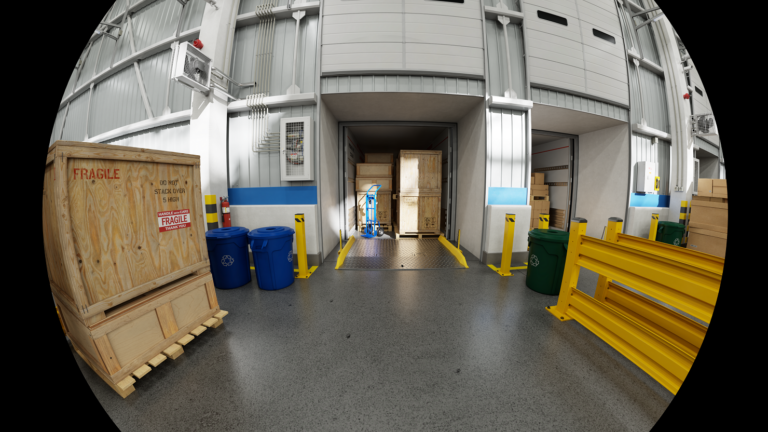
Robots are typically equipped with cameras. When designing a digital twin simulation, it��s important to replicate its performance in a simulated environment accurately. However, to make sure the simulation runs smoothly, it��s crucial to check the performance of the workstation that is running the simulation. In this blog post, we explore the steps to setting up and running a camera benchmark��
]]>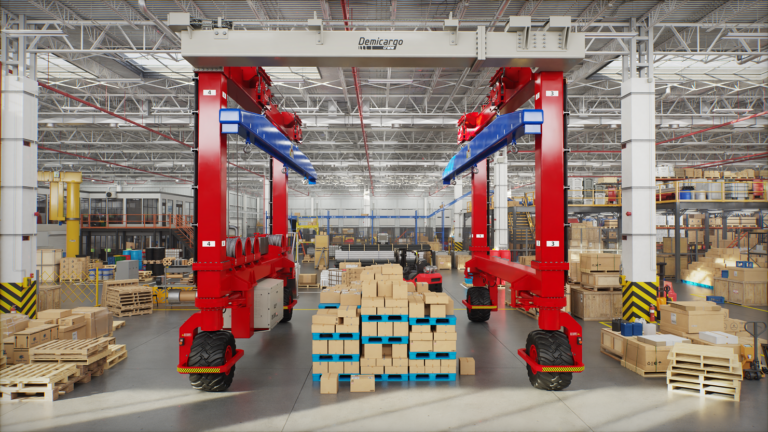
For robotic agents to interact with objects in their environment, they must know the position and orientation of objects around them. This information describes the six degrees of freedom (DOF) pose of a rigid body in 3D space, detailing the translational and rotational state. Accurate pose estimation is necessary to determine how to orient a robotic arm to grasp or place objects in a��
]]>
The Husky robot, developed by Clearpath Robotics, is a versatile four-wheeled platform made for indoor and outdoor research use. It is simple to modify by adding other sensors and changing the high-level board. This post explains how to use the official ROS 2 Husky packages to import the robot into NVIDIA Isaac Sim and create a simulation. For this demo, the Husky robot is equipped with an��
]]>
NVIDIA Isaac Transport for ROS (NITROS) is the implementation of two hardware-acceleration features introduced with ROS 2 Humble-type adaptation and type negotiation. Type adaptation enables ROS nodes to work in a data format optimized for specific hardware accelerators. The adapted type is used by processing graphs to eliminate memory copies between the CPU and the memory accelerator.
]]>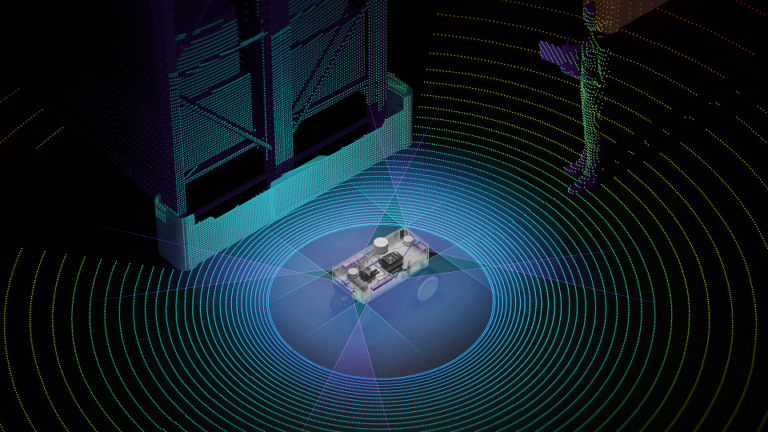
NVIDIA announced major updates to the NVIDIA Isaac Robotics platform today at ROSCon 2023. The platform delivers performant perception and high-fidelity simulation to robotics developers worldwide. These updates include the release of NVIDIA Isaac ROS 2.0 and NVIDIA Isaac Sim 2023.1 and perception and simulation upgrades that simplify building and testing performant AI-based robotic applications��
]]>
On Sept. 12, learn about the connection between MATLAB and NVIDIA Isaac Sim through ROS.
]]>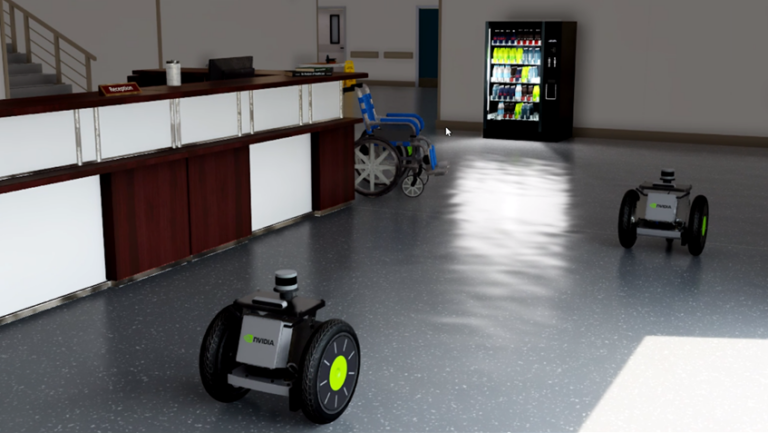
The need for a high-fidelity multi-robot simulation environment is growing rapidly as more and more autonomous robots are being deployed in real-world scenarios. In this post, I will review what we used in the past at Cogniteam for simulating multiple robots, our current progress with NVIDIA Isaac Sim, and how Nimbus can speed up the development and maintenance of a multi-robot simulation with��
]]>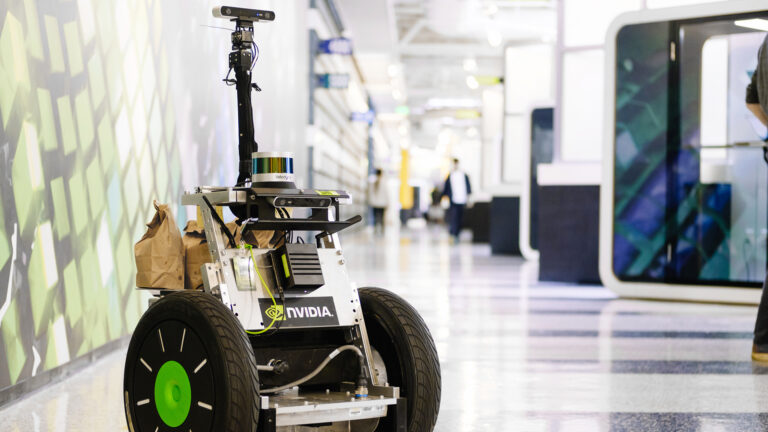
Hardware-in-the-loop (HIL) testing is a powerful tool used to validate and verify the performance of complex systems, including robotics and computer vision. This post explores how HIL testing is being used in these fields with the NVIDIA Isaac platform. The NVIDIA Isaac platform consists of NVIDIA Isaac Sim, a simulator that provides a simulated environment for testing robotics algorithms��
]]>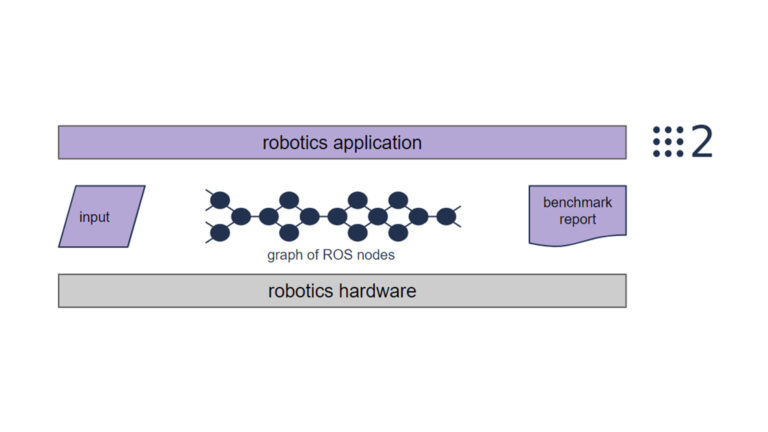
Register now for this Isaac ROS webinar on May 4th to learn how to run and customize ros2_benchmark to measure your robotics application graphs of nodes.
]]>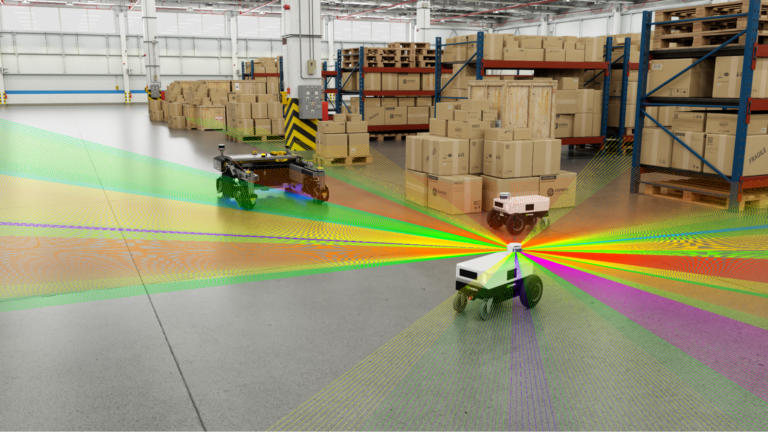
Robots are increasing in complexity, with a higher degree of autonomy, a greater number and diversity of sensors, and more sensor fusion-based algorithms. Hardware acceleration is essential to run these increasingly complex workloads, enabling robotics applications that can run larger workloads with more speed and power efficiency. The mission of NVIDIA Isaac ROS has always been to empower��
]]>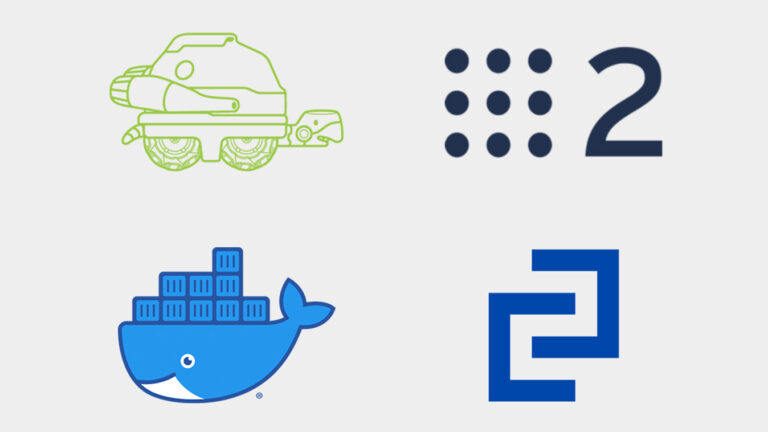
On February 14, get introduced to Docker and Continuous Integration, and deep dive into NVIDIA Isaac ROS, setting up a basic docker, and building Isaac ROS packages for distribution.
]]>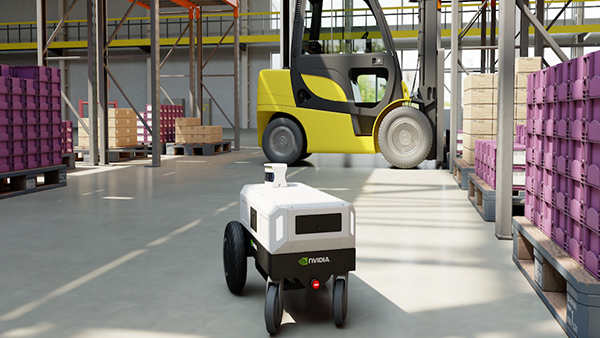
Join this webinar on January 26 and learn how to integrate Isaac Sim into your ROS workflows to support robotics apps including navigation, manipulation, and more.
]]>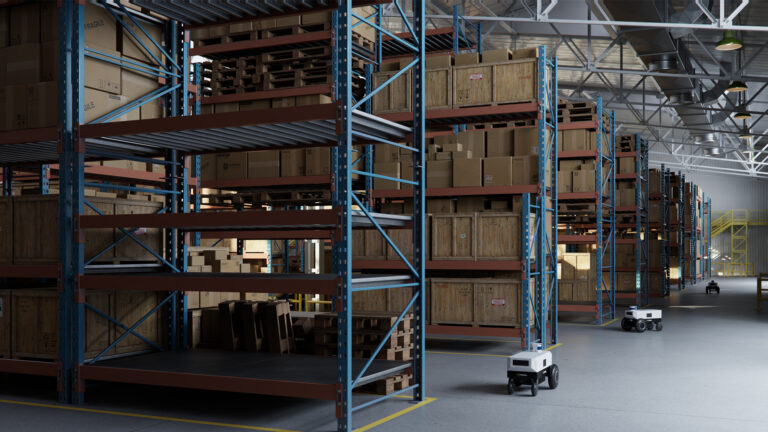
Learn how to use Isaac Mission Dispatch to manage a heterogeneous fleet of robots from the cloud in this webinar on January 17.
]]>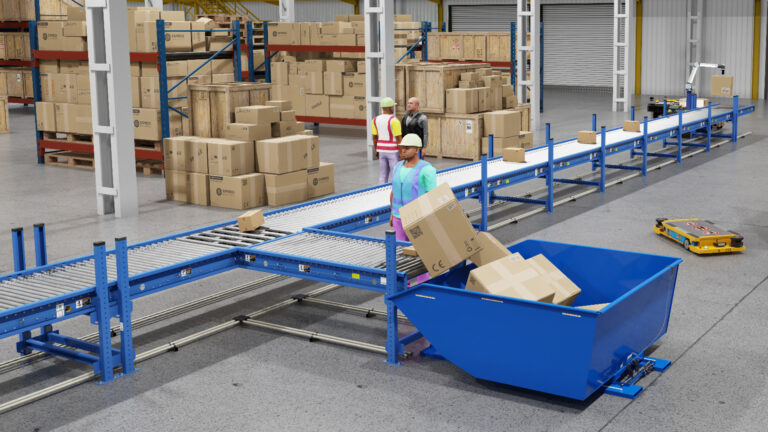
NVIDIA announces the availability of the 2022.2 release of NVIDIA Isaac Sim. As a robotics simulation and synthetic data generation (SDG) tool, this NVIDIA Omniverse application accelerates the development, testing, training, and deployment of intelligent robots. With NVIDIA Isaac Sim, you can easily import the robot model of your choice. Use it to build realistic environments for validating��
]]>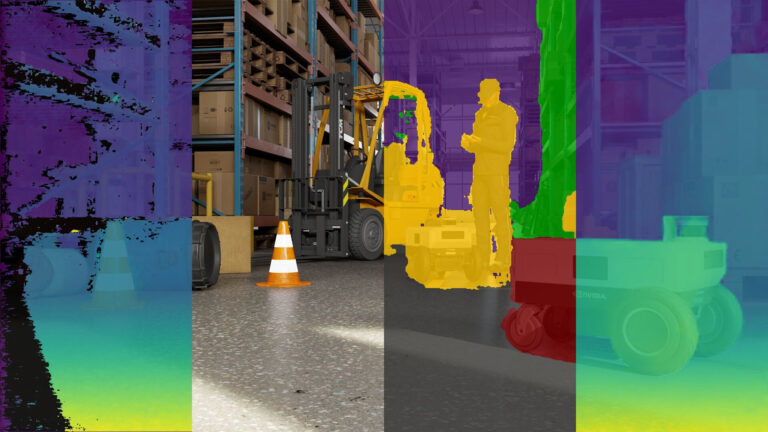
Join this webinar on December 13 and learn how to estimate obstacle distances with stereo cameras using bespoke, pre-trained DNN models ESS, and Bi3D.
]]>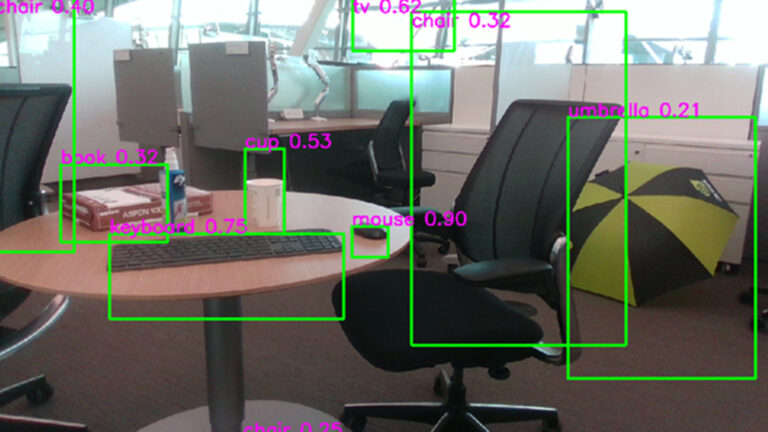
Learn about the NVIDIA Isaac ROS DNN Inference pipeline and how to use your own models with a YOLOv5 example in this December 1 webinar.
]]>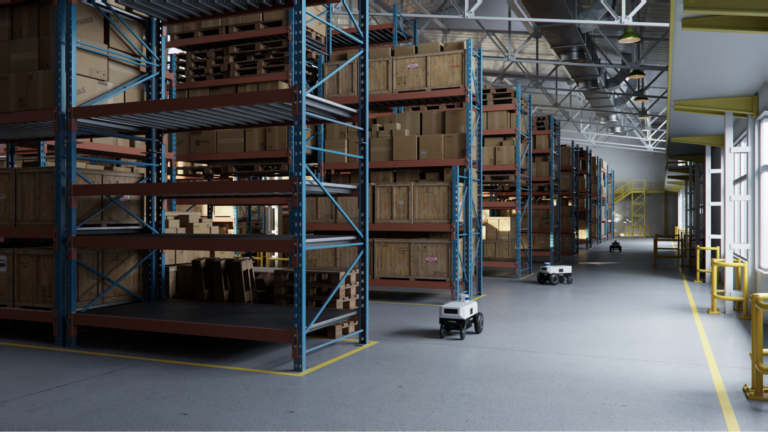
At ROSCon 2022, NVIDIA announced the newest Isaac ROS software release, Developer Preview (DP) 2. This release includes new cloud�C and edge-to-robot task management and monitoring software for autonomous mobile robot (AMR) fleets, as well as additional features for ROS 2 developers. ��NVIDIA continues to show a strong commitment to the ROS developer community with its consistent Isaac ROS��
]]>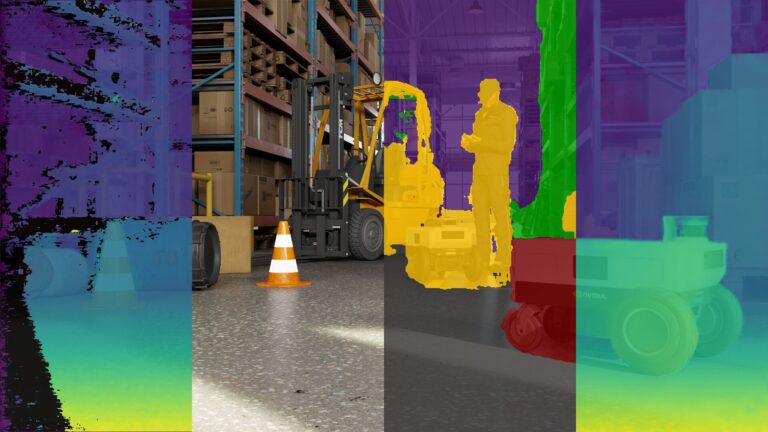
Working in collaboration since October 2021, NVIDIA and Open Robotics are introducing two important changes, now available in the Humble ROS 2 release for improved performance on compute platforms that offer hardware accelerators. The new ROS 2 Humble hardware-acceleration features are called type adaptation and type negotiation. NVIDIA will release a software package-implementing type��
]]>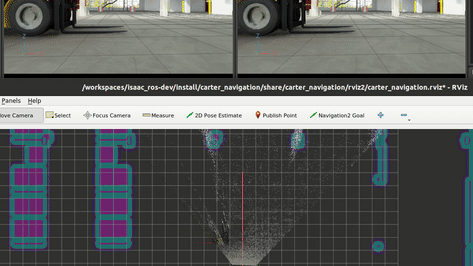
NVIDIA Isaac ROS GEMs are ROS packages that optimize AI-based robotics applications to run on NVIDIA GPUs and the Jetson platform. There is a growing interest in integrating these packages with the Nav2 project to help autonomous robots successfully navigate around dynamic environments. This work is done entirely in simulation and can be used as a starting point for transferring robotic��
]]>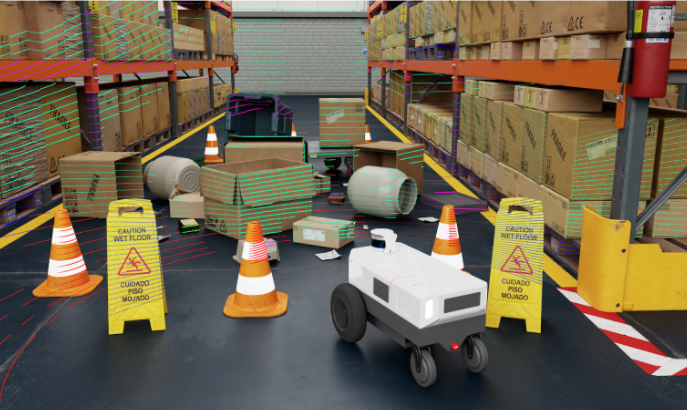
Perceiving and understanding the surrounding world is a critical challenge for autonomous robots. In conjunction with ROS World 2021, NVIDIA announced its latest efforts to deliver performant perception technologies to the ROS developer community. These initiatives will accelerate product development, improve product performance, and ultimately simplify the task of incorporating cutting-edge��
]]>